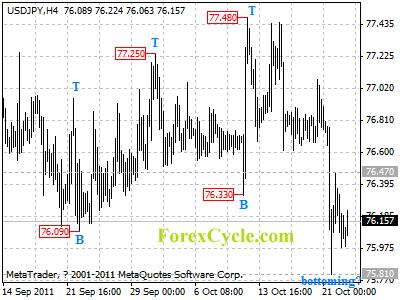There is something about the words “Scotch whisky” and “Africa” that conjures the mental image of Sir Henry Morton Stanley and Dr. David Livingstone’s 1871 meeting in the wilds of Tanzania. Stanley was a reporter who went to Africa in search of the missing missionary and who upon finding him greeted him with the now famous “Dr. Livingstone, I presume?”
I know it’s absurd, but I’ve always pictured Livingston inviting Stanley into his grass hut, tastefully decorated with Victorian furniture, and offering him a tumbler of Johnny Walker Blue Label. For two gentlemen far away from home, anything less would be uncivilized.
That didn’t happen (or it wasn’t recorded, at any rate), but it’s highly likely that a meeting today between two persons of note in Africa would involve a Diageo (NYSE: $DEO) product. According to The Economist , “As Africans grow richer, they drink more Scotch.” (See “Keep on Walking”)
Sales of Scotch whiskey rose to $147 million of it in the first six months of 2011, an increase of 34% over last year, and Diageo’s Johnnie Walker is responsible for much of this. Johnny Walker sales doubled in east Africa last year and are on track to do even better in 2011.
There is every reason to believe that this level of growth is sustainable. Again, returning to The Economist, “Each Nigerian sips only a third of a shot each year, on average. A typical Frenchman downs 40, even though it goes badly with wine.”
Given the lower average incomes south of the Saharan sands, we can’t expect Africans to drink Scotch at European levels any time soon. But I do expect Diageo to enjoy high growth in the region for the foreseeable future. African, like East Asians, Arabs, and Latin Americans, are status conscious and live in a hierarchical society. As The Economist explains, “In Africa, with its patronage culture, whiskies with distinctive labels should do well. Johnnie Walker’s labels make it abundantly clear how much a customer has spent. Red Label is the cheapest. Black is pricier, followed by Green, Gold and Blue. Beyond Blue is King George V, which sells for more than $500 a bottle.”
And it’s not just for gents at the country club. “Criminals in South Africa buy it to prove they are successful criminals.”
I continue to recommend Diageo as a long-term holding. The company sits at the intersection of several powerful macro themes, any one of which would be attractive in its own right:
- It is an Emerging Markets Lite investment, getting a third of its sales from up-and-coming emerging markets.
- As a seller of alcoholic beverages, it’s a “Sin Stock” with all of the great investment attributes that implies (see “The Price of Sin”).
- It is conservatively financed and at no realistic risk of financial distress.
- Its clientele tend to have higher incomes and are less affected by the sluggish global economy.
- It pays a high and growing dividend with a current yield of 4.3%.
If you don’t own shares of Diageo already, I recommend you buy them now. Use any weakness as an opportunity to accumulate new shares.
If Europe plunges into a full-blown financial crisis on the heels of a Greek default, I would expect all European stocks, even those of non-Eurozone members like the UK, to suffer some pretty horrendous volatility. This could present an incredible opportunity for investors with a little cash on the sidelines.
If you liked this article by Sizemore Insights, you’d probably enjoy The Sizemore Investment Letter, our premium members-only newsletter. Click here for more information.






